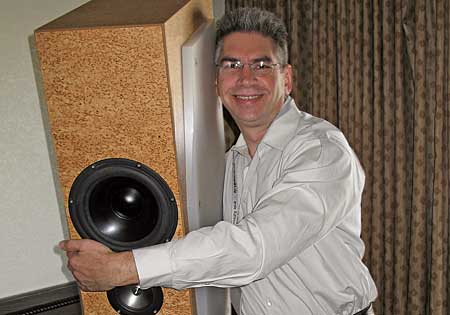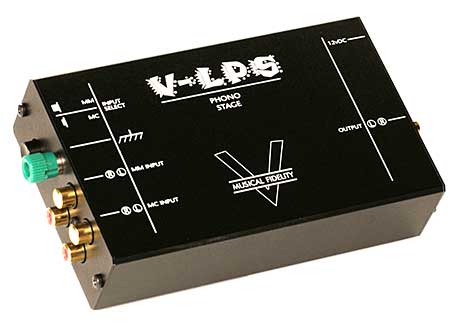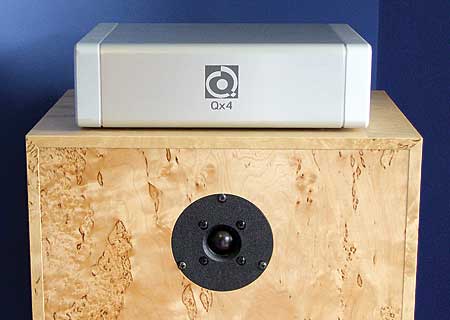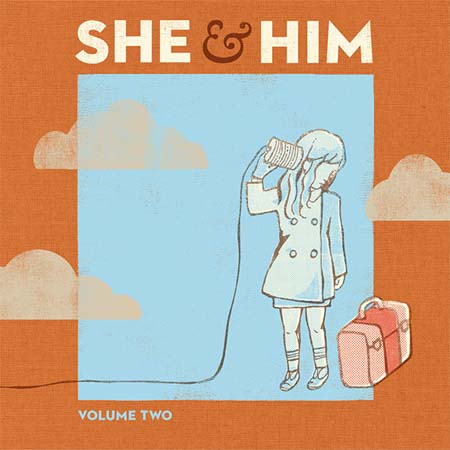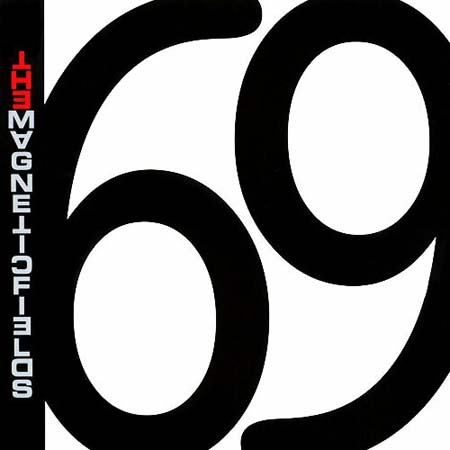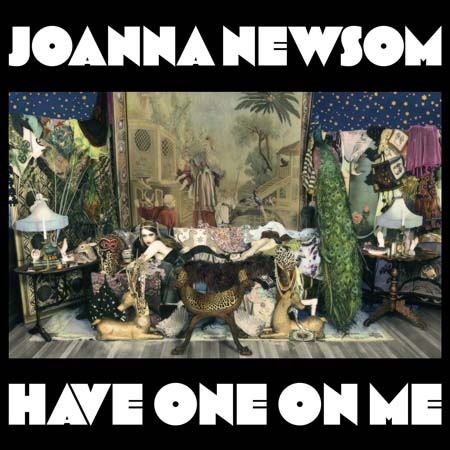The Grammy Awards are that one Sunday night every January, when for a few brief hours, I try to imagine what people on other continents (in not other planets) think of America when they watch this silly, frivolous, super glam display of Las Vegasness come to the Staples Center. How incredibly ridiculous we must look to the rest of the world. During the telecast, I’m liable to claim I’m from Canada. By the end, I want to take a shower and scrub off the sleaze. The whole thing is so bad, so not about music, that I have to change channels throughout the telecast if only to cleanse my palette. Last night at one point, I flipped over to the hi def Palladia network and there was a Britney video of her tune, “Womanizer,” which was nominated for a Grammy but lost to Lady Gaga. Owing to the fact that much of the video takes place in a sauna, with Brit writhing around nude (creatively covering her nasty bits), the contrast between Spears skin and the absolute nonsense that was goin’ on in L.A. made Little Miss Crazy look like the Academy of St. Martin in the Fields.

